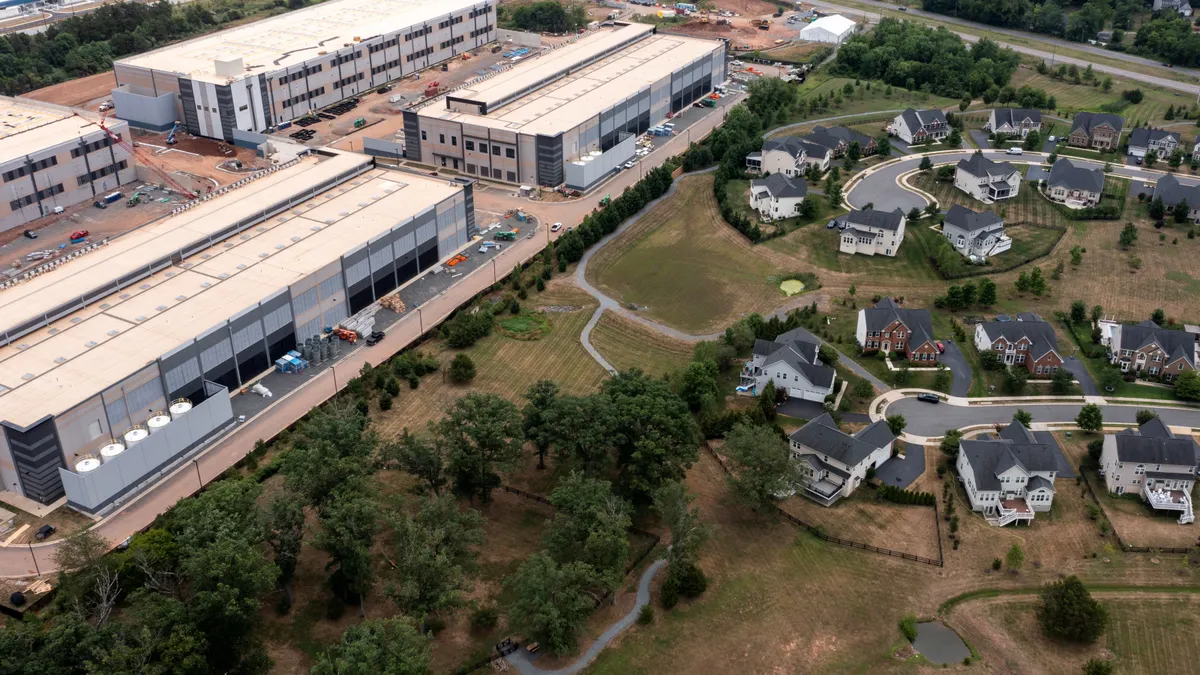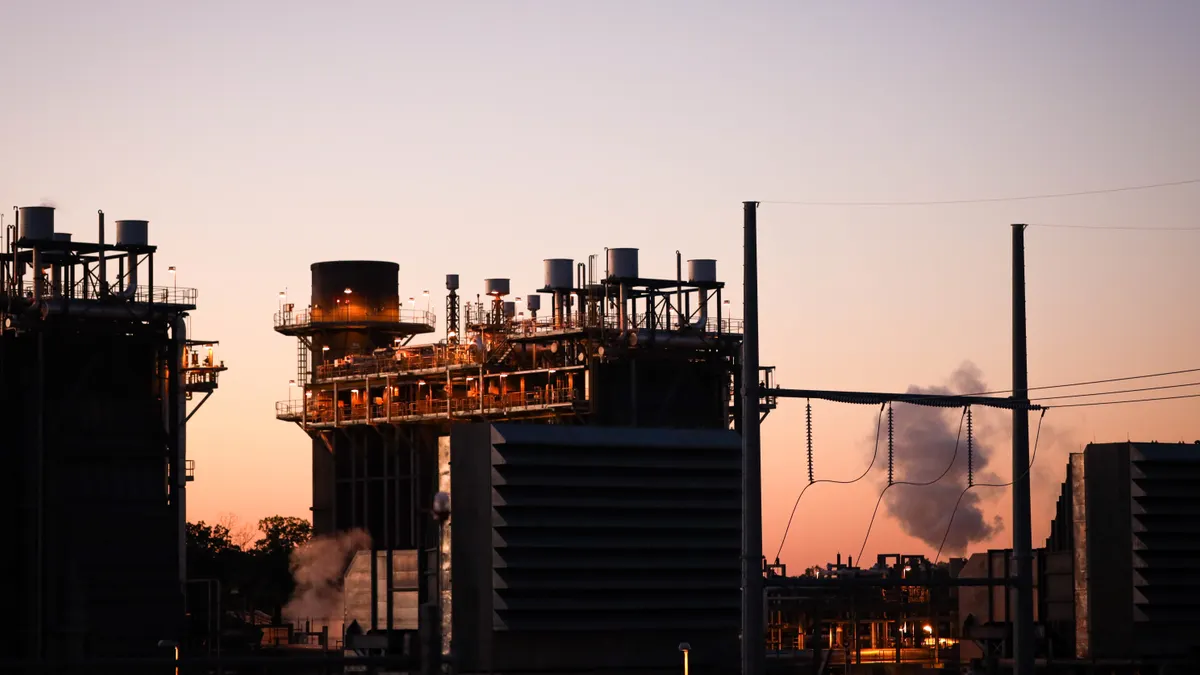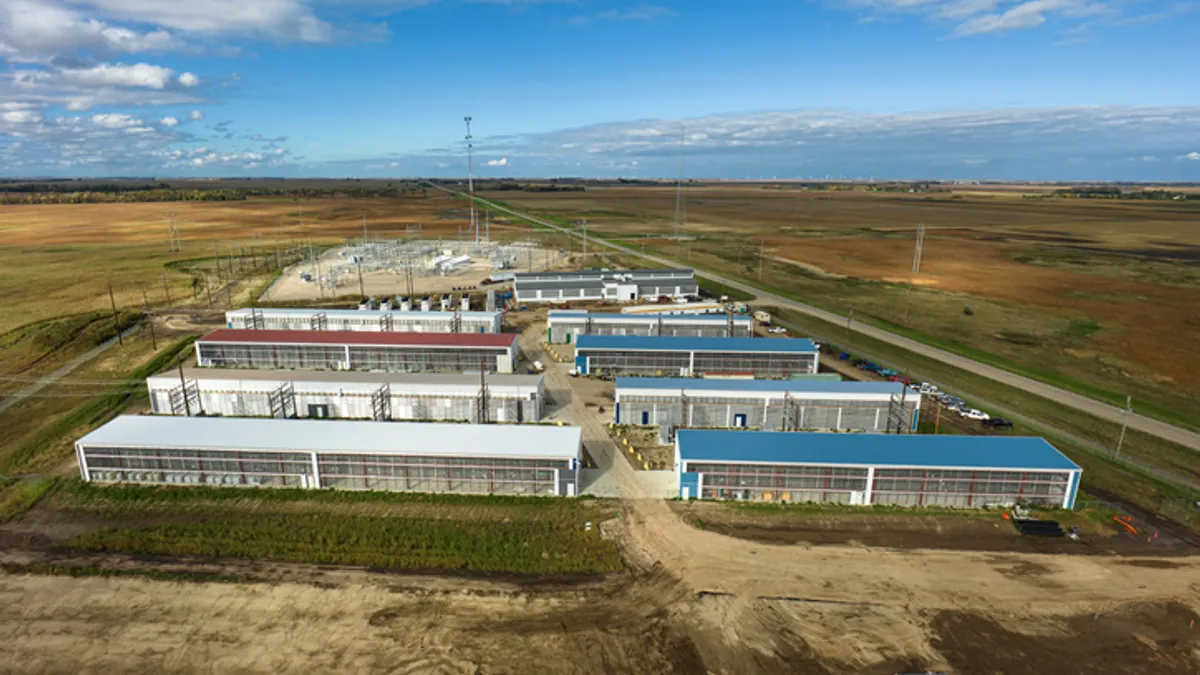The ongoing process of reforming the landmark 1978 alternative generation law, long considered one of the main vehicles for spurring small solar development, has triggered strong feelings from advocates across the renewables, markets and utilities spectrums.
Federal regulators in September proposed changes to the Public Utilities Regulatory Policies Act (PURPA) largely intended to give states more flexibility in how they implement the law.
Solar groups argue the proposed changes benefit utilities at the expense of small solar. Utility groups say the proposed rule will give states more regulatory flexibility and save utilities millions annually.
The Republican majority of FERC defends the changes as good for competition.
"I think renewables can compete in today's energy market without subsidies, without regulations," FERC Chair Neil Chatterjee said after the rule was proposed. But the commission's sole Democrat, Commissioner Richard Glick called the move "an attempt to administratively gut" the federal law.
So what do state regulators, the very group the law's changes are supposed to benefit, think about the proposed changes?
Challenges with PURPA
"PURPA has potentially given me more gray hairs per MW" than any other regulatory issue, Public Utilities Commission of Oregon Chair Megan Decker said at the 2019 National Association of Regulatory Utility Commissioners (NARUC) conference in San Antonio, Texas last week. "There are quite a number of challenges in the implementation of PURPA that my state and others in the west have encountered."
Under the federal law, qualifying renewable energy facilities are afforded certain interconnection and payment rights. Regulators set the avoided cost rate, or how much it would have cost a utility to generate a certain amount of power, and utilities then have to pay that price to qualifying facilities hooking up to the grid.
Promoting competition
One thing regulators, utility groups and solar groups could agree on was that "PURPA inherently is a substitute for good competition," Executive Vice President of Regulatory Affairs at the Solar Energy Industries Association (SEIA) Katherine Gensler said.
In some cases, the law is just impractical, said Idaho Public Utility Regulatory Commissioner Kristine Raper, whose state has had "a pretty tormented history with PURPA." State regulators in 2015 drastically cut contract lengths from 20 years to two years, which renewables advocates said would be devastating to the industry, but utilities and regulators argued would produce more accurate avoided costs. And in 2017, state regulators cut the rate utilities would pay wind projects looking to come online.
One issue with the law, she said, is it allows uneconomic renewables projects to be built out by not allowing regulators to be "discriminatory" in how they treat small projects qualifying under PURPA. But Raper reads the law differently.
"I don't read anywhere that says that we have to make a rate that makes that [qualifying facility] financeable in order to build that project," she said. "I would say that the argument is that if it's not financeable with the rates that the state has established, then that project's not going to get built and that's how the market is supposed to work."
Pricing is another issue, said Decker, because constant pricing shifts hurt developers and with a continually evolving energy market, "avoided costs are hard to keep relevant," she said.
More competitive pricing should definitely be a priority moving forward, and FERC's proposal is "consistent" with that, Michigan Public Service Commissioner Daniel Scripps said.
Part of FERC's proposal would give states the authority to allow their utilities to pay qualifying facilities at prices more consistent with live market prices, rather than the avoided cost of generation.
Having prices that are more consistent with the market will inherently be better for competition than "theoretical or administrative" costs, said Scripps.
Some have raised concerns, however, that inconsistent costs can be unfair to small developers. For those cases and others, the proposed rule "did a terrible job of distinguishing between the competitive market … and places that don't actually have competition for wholesale generation," said Gensler. "For those that have no competition at the wholesale level and generally no competition at the retail level, it is still 1978."
Under PURPA, "you have unwilling buyers, but you also have begrudging sellers," she said. "The balance is utilities have to buy a product that they often don't want, the alternative is the seller has to accept the price that has been published by the utility commission."
That being said, changes should benefit both sides, and all the current proposal does is "shift that balance" from small renewables over to utilities and state commissions "making it more difficult for developers in non-wholesale, non-retail regions" where monopolized utilities dominate the power market and small power providers are unable to compete.
Project sizing
"PURPA was created to allow folks who didn't have other options to get into the market to ultimately get into the market. And I think that's still true," said Scripps.
Michigan this year approved a settlement between one of its major utilities, Consumers Energy, and small solar developers, ultimately addressing over 3 GW of qualifying facilities waiting in the queue and immediately clearing the way for 584 MW of renewables to come online by 2023. That experience highlights another necessity under the proposed changes, he said — improving interconnection processes for small facilities, especially if facilities stay under the 1 MW range.
FERC's proposed rule would bring the qualifying facility threshold down from 20 MW to 1 MW.
The 20 MW threshold was "totally random," said Edison Electric Institute Executive Vice President of Regulatory Affairs Philip Moeller. "I think the 1 MW threshold is just fine. And maybe it's too high."
But solar advocates say the 20 MW threshold was set for a reason, and until a compelling reason presents itself otherwise, 20 is where the threshold should stay, said Gensler.
And some commissioners agree.
"I'm not convinced 1 MW projects have nondiscriminatory access even in non-RTO regions," said Scripps, adding that of the over 350 projects in the Midcontinent Independent System Operator's queue that day, only two were below 20 MW. It's "overly ambitious" to drop from 20 MW to 1 MW, he said.
Part of the threshold conversation should be disaggregation, said Raper, where larger developers break apart their projects into several smaller scale projects to qualify for the rate. Changes under FERC's proposal could potentially aid that process — mainly its aggregation rule which requires projects to be less than 10 miles apart to qualify as a single project.
That's another area where commissioners agreed with the industry — that the rule should not pull the rug out from the "little guys."
"I don't think that PURPA should be overturned," said Raper. "I think people are surprised to hear that from me. But we have a ton of cogeneration, we have a lot of little guys ... that got on the system through PURPA."
To promote that idea, the proposal process needs to stay open to ideas, said Decker. FERC needs to "keep the law a meaningful opportunity for development" while addressing the challenges to competition.






















